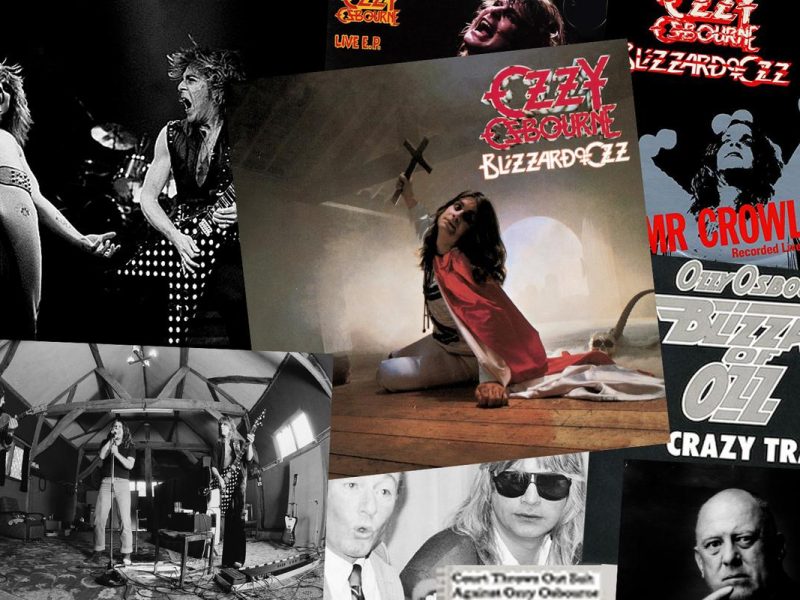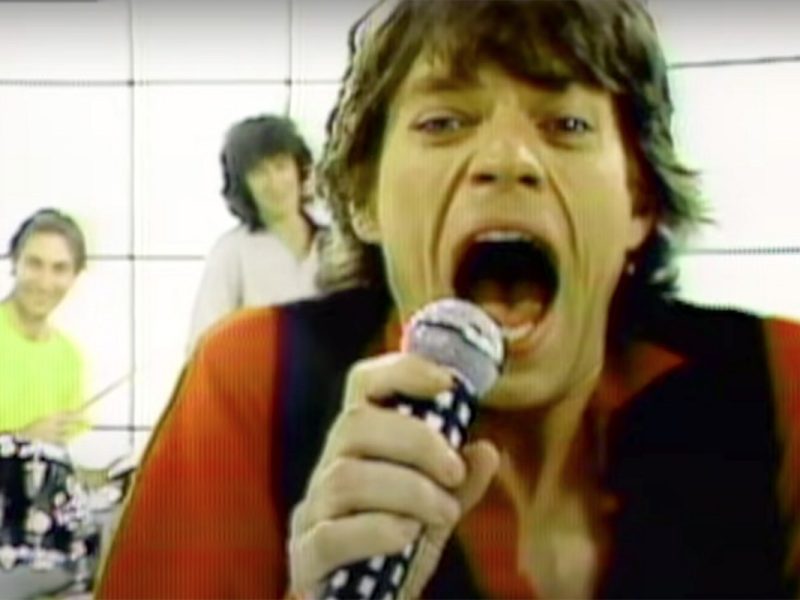Fleetwood Mac may rank among the most successful acts in rock history, but on Aug. 13, 1967, they were just another group looking to make a name for themselves.
That’s not to say the band was entirely new. Leader Peter Green had come to prominence in John Mayall and the Bluesbreakers, leaving that group roughly a month earlier to forge his own path.
Drummer Mick Fleetwood was another Bluesbreakers alum who agreed to follow Green after enjoying initial sessions with the new group. Green had likewise hoped to recruit bassist John McVie for his band — naming the group Fleetwood Mac was part of his pitch — yet McVie was initially reluctant to take the plunge. As such, Bob Brunning would serve as the band’s original bassist, with slide guitarist Jeremy Spencer rounding out the lineup.
“[Spencer] was something to see, a tiny chap, pretty quiet offstage, who became a whirlwind of raw power once he plugged in,” Fleetwood recalled in his autobiography Play On. “Our fledgling band developed a handful of instrumentals anchored by Jeremy’s slide playing and Peter soloing in the Chicago electric-blues style he loved and tossed off effortlessly.”
After just a few weeks of rehearsal, Peter Green’s Fleetwood Mac (as it was then called) played their first show at the Windsor Jazz and Blues Festival. John Mayall and the Bluesbreakers were also on the lineup, as were Cream, Jeff Beck, Small Faces and Donovan. Pink Floyd had been scheduled to as well, but canceled at the last minute as Syd Barrett was unable to perform.
Fleetwood Mac’s debut set featured seven songs, including an eponymous instrumental and three Elmore James covers. In a review of the festival, Melody Maker noted that the group “made an impressive debut.”
McVie, who was performing with the Bluesbreakers, watched the set from the side of the stage. “We knew he was there,” Fleetwood recalled. “In fact, to me it felt like we were auditioning for him.”
Incidentally, McVie wasn’t the only future member in attendance that day. “In a tent playing on another stage was a band called Chicken Shack, featuring a singer and pianist named Christine Perfect,” Fleetwood explained. “Christine would go on to join our band in 1970 after she married John McVie.”
By the end of 1967, Brunning was out and McVie was in. Green’s name was dropped from the band’s title — he “never wanted his name up front and center like that,” Fleetwood later noted — and Fleetwood Mac’s journey was truly underway.
Listen to Audio From Fleetwood Mac’s First Performance
Fleetwood Mac Lineup Changes: A Complete Guide
A look at the many changes the band has been through over its half-century career.



